No products in the cart.
Many people think Graphic Design is limited to designing logos, business cards and signs. In fact, graphic design is a broad major that includes posters, infographics, book covers, product labels, logos, business cards, signs, website layouts, mobile apps, software interfaces and other sections that you may have never thought about. In this essay, I have tried to explain graphic design in a way that I hope you can get as much information that makes you familiar with a graphic design better.
First of all, let’s start with the definition of Graphic Design. According to the American Institute of Graphic Arts (AIGA), graphic design is defined as “the art and practice of planning and projecting ideas and experiences with visual and textual content.” In other words, graphic design uses images to convey specific concepts or thoughts. These images might be as straightforward as a company logo or as intricate as website page designs.
To better understand the concept of Graphic Design, It is essential to comprehend the elements and guiding ideas of design. Elements are used in parallel or conflict with one another to produce aesthetically pleasing and powerful designs.
These elements are:
- Color
- Form
- Line
- Shape
- Size
- Space
- Texture
Graphic designers also observe the design principles, which are essentially a collection of rules that assist in the proper composition of designs. These fundamental ideas contribute to establishing stability and balance in the work. Which are:
- Balance
- Contrast
- Emphasis
- Movement
- Proportion
- Rhythm
As was already stated, there is no single definition of graphic design. Print and online design, animation, and motion graphics are just a few of the many disciplines and specialties that make up graphic design. People with practically any interest can find chances and options in graphic design.
When someone was asked to define graphic design 30 years ago, their response was probably limited to print-related examples like magazines, movie posters, and commercials. The current digital era has given rise to a number of novel graphic design genres.
The development of technology has contributed to some of the most noteworthy graphic design examples of the present. Here is a sample of some of these graphic design types:
Website design :
involves making user-friendly and interesting websites. This comprises the navigation, color style, and overall design.
User experience (UX) design:
It is concerned with making a website or application simple and enjoyable to use. Value, usefulness, adoption, and desirability are prioritized by these designers.
Motion graphics design ”or animation”:
uses special effects, TV shows, video games, and movies to bring visual components to life.
Common graphic design jobs
New graphic design occupations have appeared as a result of the introduction of new types of graphic design by technical breakthroughs. The entire landscape of careers in this industry has transformed as a result of this evolution.
There has been a significant decline in the demand for “conventional” graphic designers who primarily serve print publishers, but it doesn’t fully explain the situation. According to the Bureau of Labor Statistics, the employment of graphic designers in computer systems design services is expected to increase by 24 percent through 2028. (BLS). 1 The rising demand for digital graphics and pictures among businesses and organizations as they work to strengthen their online presence is a major driver of this demand.
So, what are some typical job titles for graphic designers? Over the past year, we looked at more than 30,000 job advertisements that required a graphic design degree. We were able to establish the most typical job titles using the data:
- Graphic designer
- User experience (UX) designer
- Web designer
- Art director
- Creative director
As you can see, there are many opportunities for graphic design careers provided you have the necessary education and experience. Your career can be tailored to fit your unique abilities and interests.
One of the jobs that I personally like is Video editing, which defines as coordinating the production of a final film or video product that includes camera footage, dialogue, sound effects, graphics, and special effects. Your abilities can affect the final product’s quality and timeliness because this is a significant position in the post-production process. Typically, you’ll collaborate closely with the director to get the intended outcome.
The conventional manual method of the cutting film has been effectively supplanted by digital technology, specialized computer software, and high-quality digitisation of sound and images. You might be allowed creative flexibility in some situations, but in others, you’ll only need to run the essential equipment.
Types of video editor
There are several productions you might work on, including:
- commercials
- corporate training videos
- feature films
- music videos
- television programs.
Responsibilities:
As a video editor, you will need to:
- work from a brief and possibly a shot list, narrative, or screenplay as well as an outline of the video.
- assemble the raw video material, including camera views, that have been either captured or transferred to videotape in anticipation of being processed into the computer.
- Put unedited rushes and sound into the computer, sync them, and store them as files.
- digitally chopped files to pick what is usable and put the film’s sequence together.
- Rearrange and polish the material to guarantee logical flow and a seamless viewing experience.
- Establish the precise cutting for the program’s subsequent and concluding stages by creating a “rough cut” (also known as an assembly edit).
At the end of the day, Graphic Design is a diverse field of study, that has many options and branches to get the ability to choose to the best for you to work on. I wish you get the idea of the Graphic Design and had corrected the wrong thoughts about it, if you had. Finally, I would like to advice you with some website that will definitely help you to get some templates with the Graphic Design and fly with them.
You can visit one of these websites or you can visit them all to get more information and thoughts
I hope you can advance your life as a graphic designer and we look forward to sharing your work with us.
Manar Hasan.

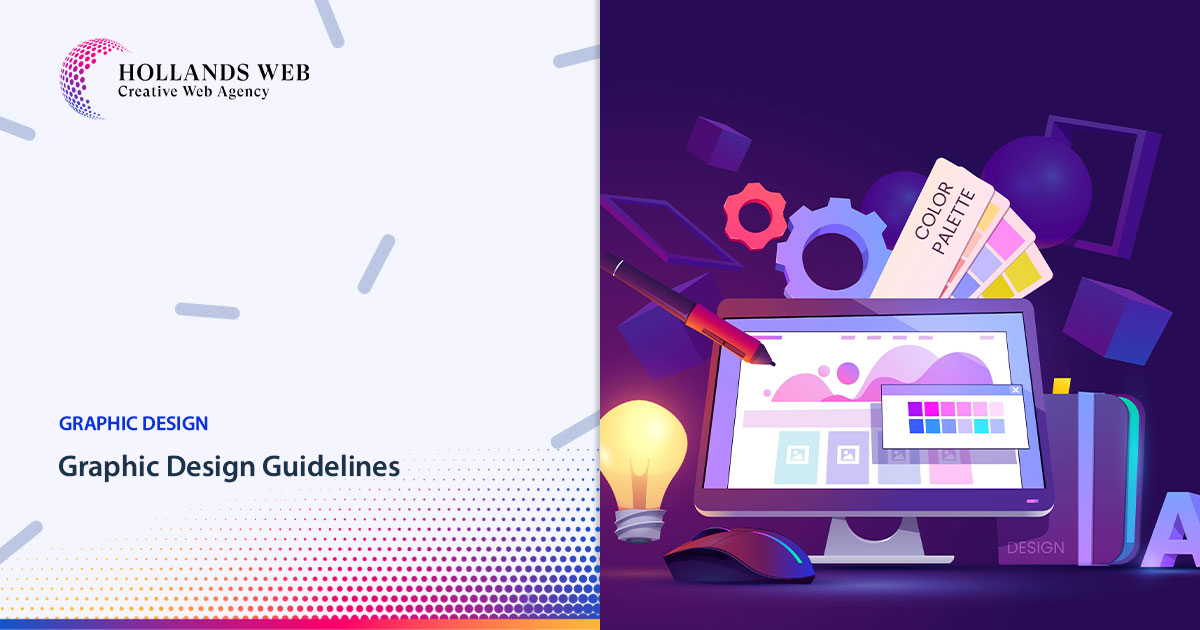
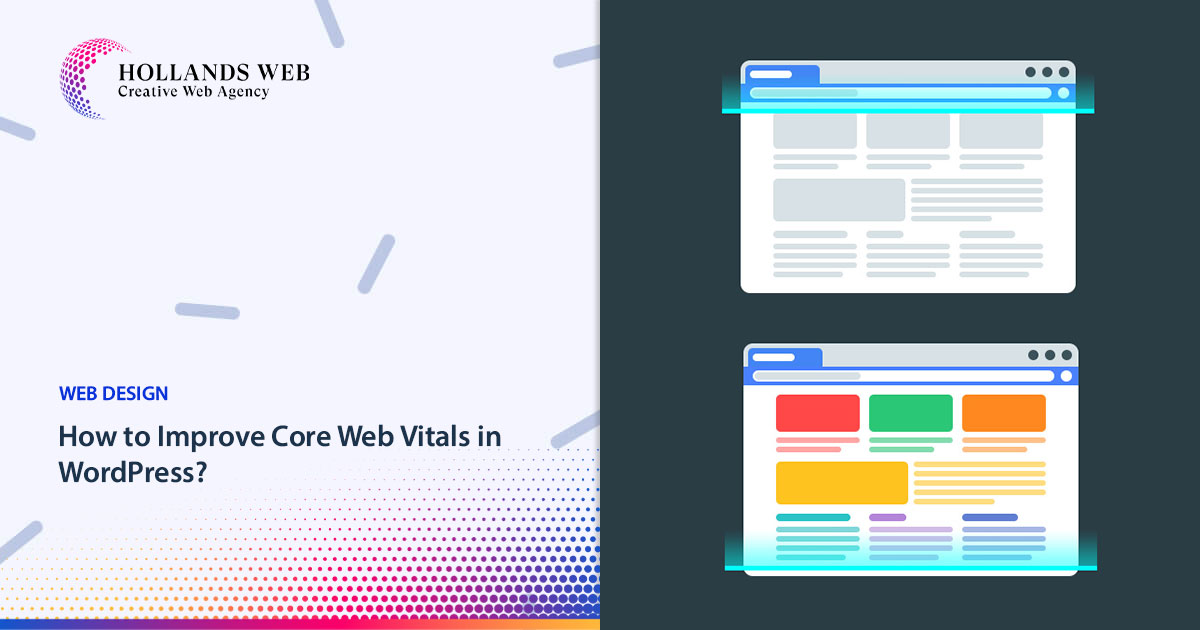
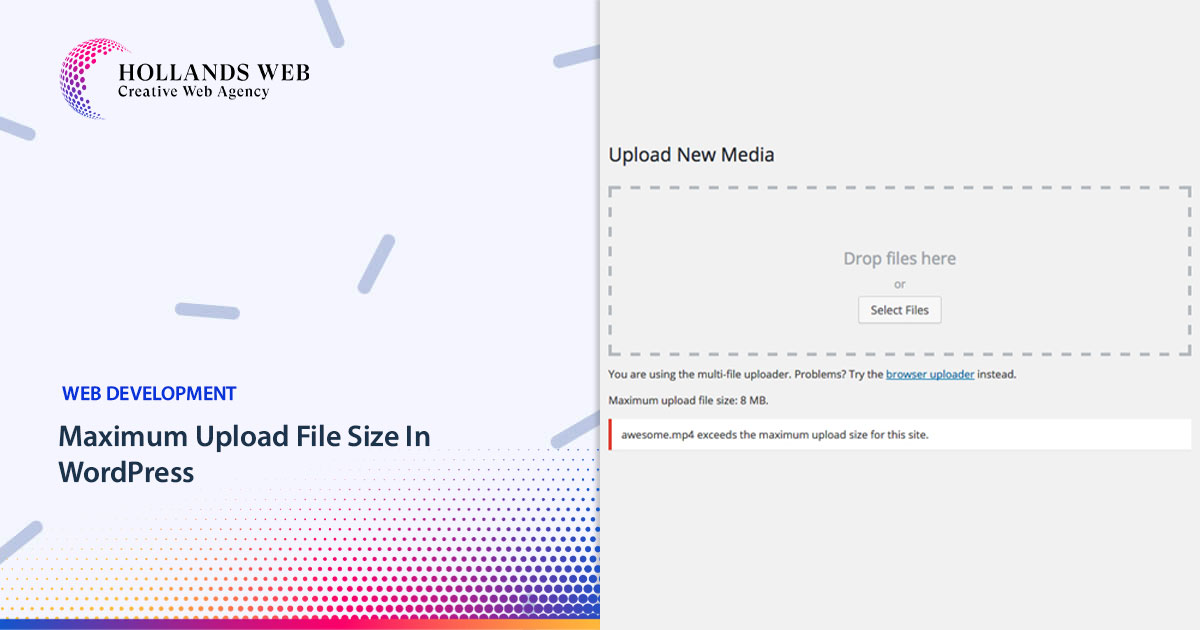
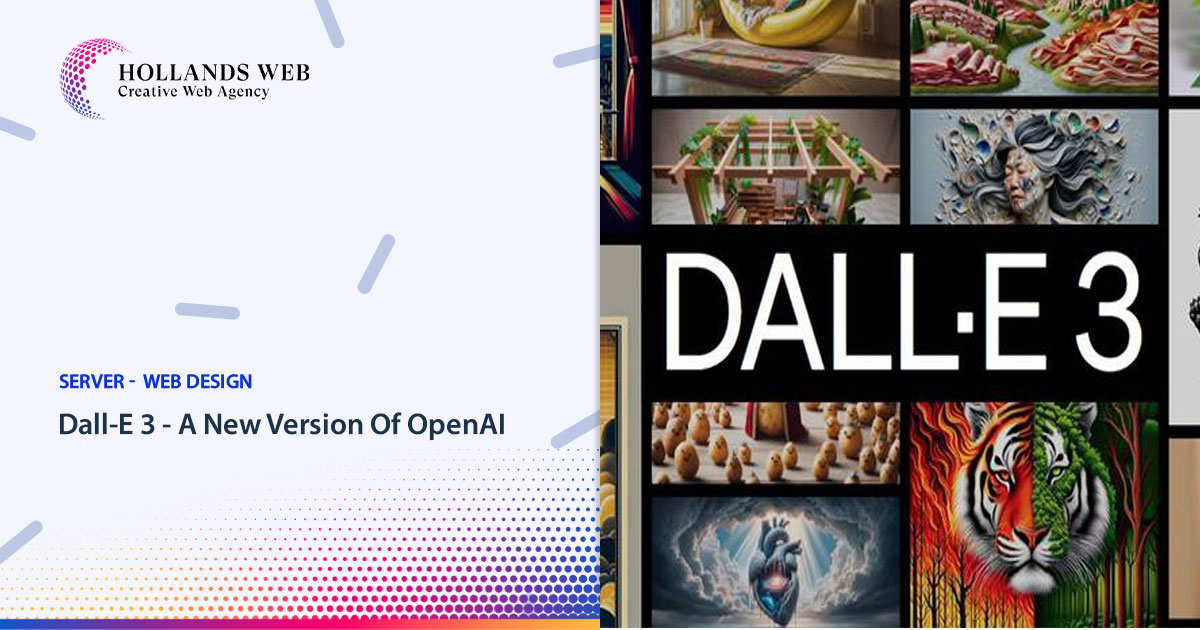
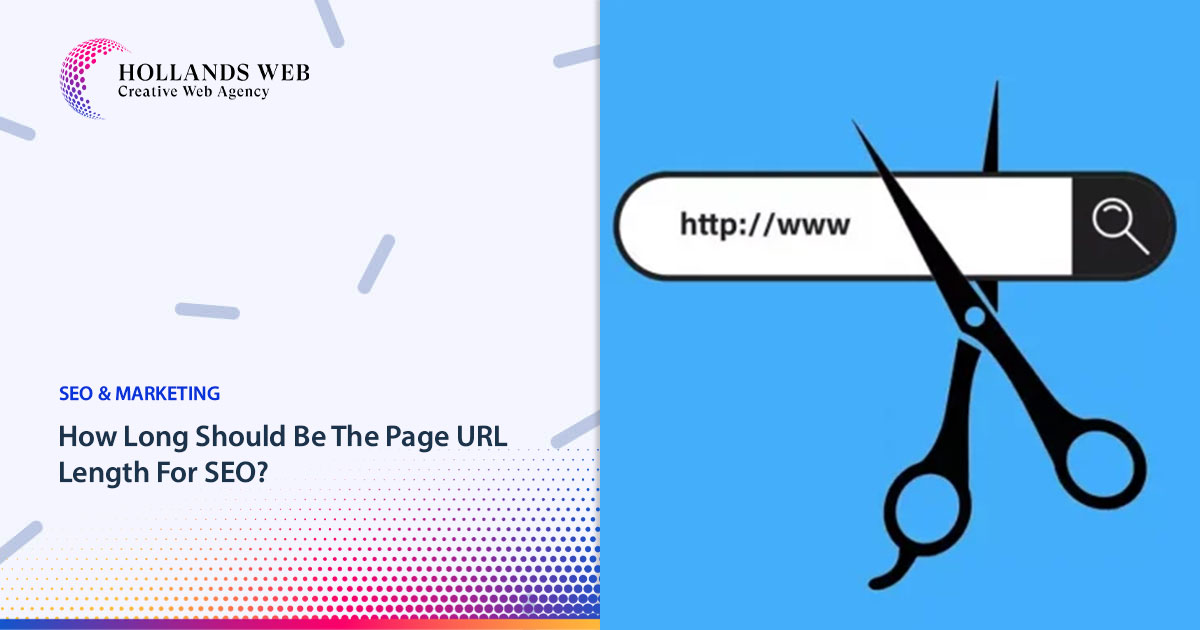
 Web Hosting
Web Hosting Web Designs
Web Designs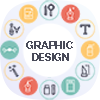 Graphic Design
Graphic Design SEO
SEO Digital Marketing
Digital Marketing